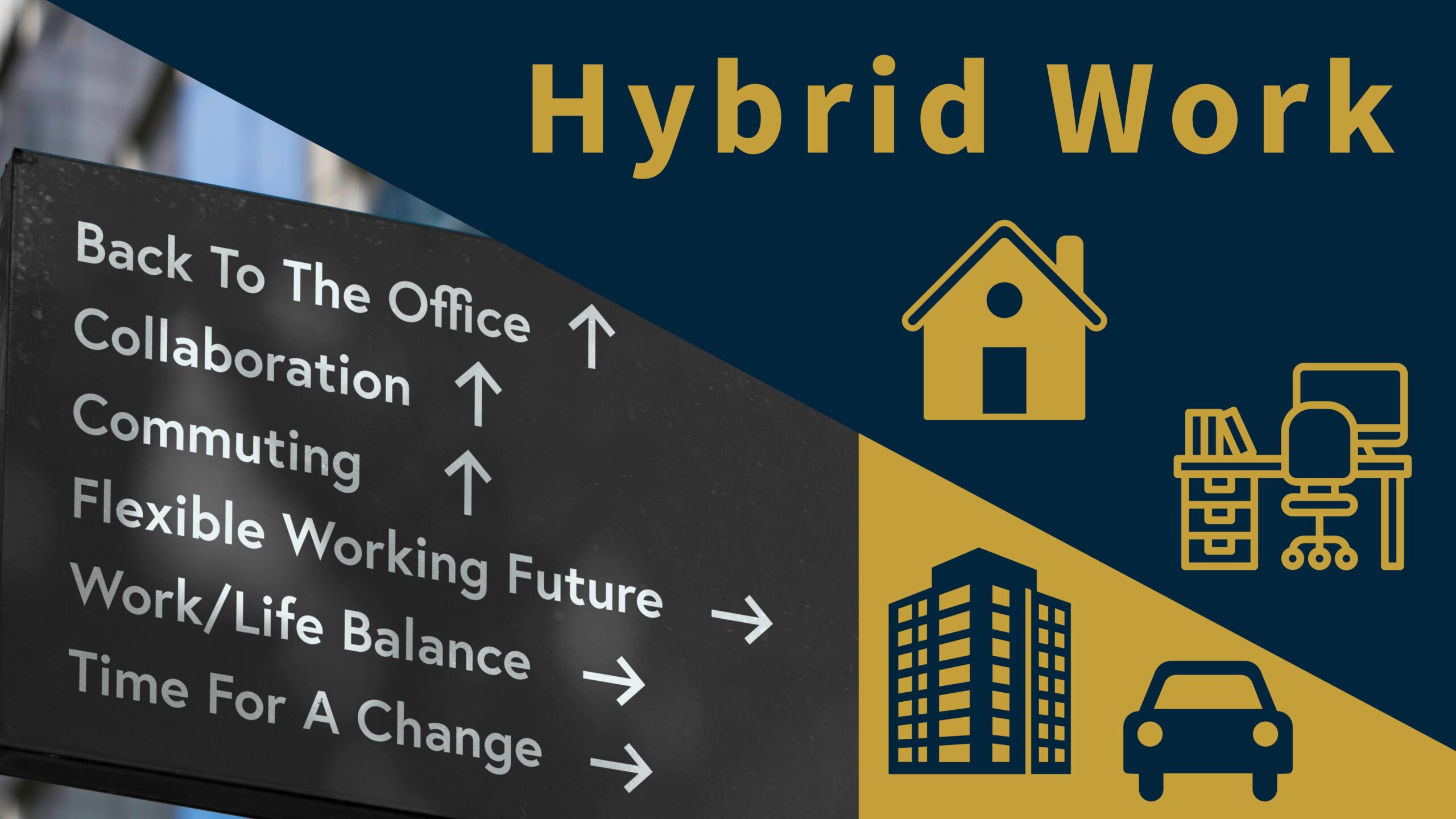
Key Takeaways
- Hybrid Work Fosters Employee Autonomy: Hybrid work allows employees to choose where and how they work, promoting autonomy and flexibility. This empowerment leads to higher job satisfaction and engagement.
- Effective Communication is Vital: In a hybrid work environment, communication and collaboration tools are crucial in maintaining a strong workplace culture. Investing in robust communication practices is essential.
- Employee Well-being Matters: Hybrid work aligns with the growing emphasis on employee well-being and work-life balance. Companies that support their employees’ mental health and flexibility tend to see better overall performance.
- Building Trust is Essential: Trust is a cornerstone of workplace culture. In a hybrid work setting, companies must actively build and maintain trust among remote and in-office team members, often through transparent communication and accountability.
- Measuring Impact Leads to Improvement: To succeed in a hybrid work model, companies should measure the impact on workplace culture through key performance indicators (KPIs) and feedback. This data-driven approach allows for continuous improvement and adaptation.

Introduction
The modern workplace is undergoing a profound transformation, and at the heart of this transformation lies the concept of hybrid work. This article will delve into the multifaceted impact of hybrid work on workplace culture. From redefining how employees interact to fostering a more inclusive and flexible work environment, the influence of hybrid work is far-reaching and compelling.
The Evolution of Workplace Culture
To understand the implications of hybrid work, we must first look back at the evolution of workplace culture. Traditionally, the office served as the central hub for work, with employees expected to be present from 9 to 5. However, as technology advanced and attitudes toward work shifted, the traditional office culture began to adapt.
Defining Hybrid Work
Hybrid work represents a significant departure from the conventional office setup. It combines remote and in-office work elements, allowing employees to split their time between different work environments. This flexibility has gained prominence for various reasons, including advancements in digital collaboration tools and a growing emphasis on work-life balance.
Benefits of Hybrid Work on Workplace Culture
One of the most compelling aspects of hybrid work is its ability to enhance workplace culture. Research indicates that employees with the flexibility to work in a hybrid fashion report higher job satisfaction and engagement levels. The ability to choose where and how to work fosters a sense of autonomy, a critical factor in shaping a positive workplace culture.
Challenges and Adaptations
However, the transition to hybrid work is not without its challenges. Companies must adapt to new ways of managing and communicating with remote and in-office employees. Maintaining a cohesive company culture when employees are physically dispersed requires innovative strategies.
Communication and Collaboration
Effective communication lies at the heart of a strong workplace culture. Companies must invest in robust communication tools and practices in a hybrid work environment to ensure that remote and in-office employees can collaborate seamlessly.
Employee Well-being and Flexibility
Hybrid work also aligns with the growing emphasis on employee well-being and work-life balance. It allows employees to tailor their work environments to suit their individual needs, promoting mental health and reducing burnout. We’ll delve into the strategies companies can employ to support employee well-being.
The intersection of employee well-being and hybrid work is a pivotal aspect of the evolving workplace landscape. By acknowledging and supporting the individual needs and well-being of employees, organizations can create a culture of empowerment, reduce burnout, and enhance job satisfaction. With its flexibility, hybrid work catalyzes positive change, enabling employees to lead more balanced and fulfilling lives while contributing to their organizations’ success.
Building Trust in a Hybrid Work Environment
In the ever-evolving landscape of modern work, trust has emerged as the linchpin of successful collaboration and a thriving workplace culture. As the boundaries of the traditional office blur and teams find themselves dispersed across physical locations and digital realms, the significance of trust becomes even more pronounced.
Measuring the Impact
Measuring the impact of hybrid work on workplace culture is not just a matter of data collection; it’s a strategic imperative. Organizations can identify relevant KPIs and employ effective assessment methods to ensure that their hybrid work policies and practices align with their goals, maintain a positive workplace culture, and enhance employee satisfaction and productivity in this evolving work landscape.
Conclusion
In conclusion, hybrid work is more than just a response to changing circumstances; it’s a catalyst for reshaping workplace culture. Embracing the benefits of hybrid work while addressing its challenges can lead to a stronger, more inclusive, and adaptable workplace culture. As the business landscape continues to evolve, understanding the impact of hybrid work is essential for companies looking to thrive in the future.










